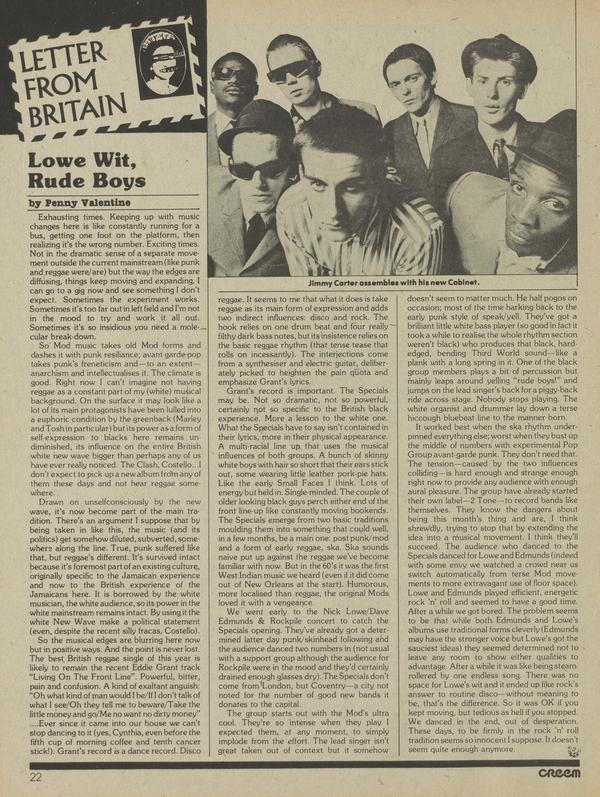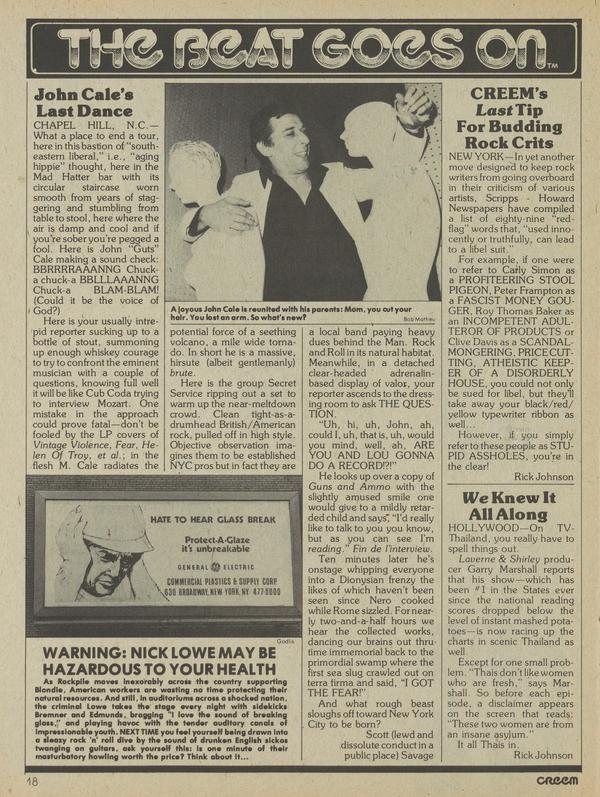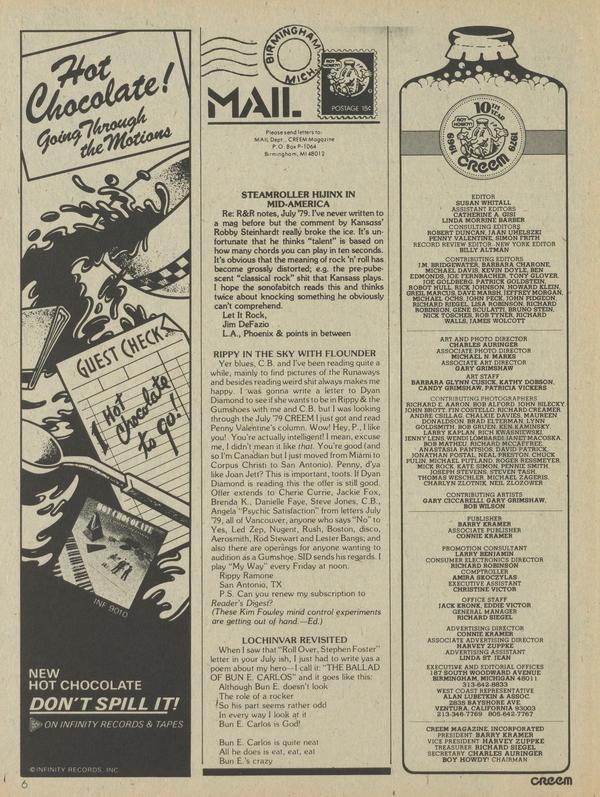Unsung Heroes Of Rock ‘n’ Roll
LOUIS JORDAN: Hep And The Art Off Alto-Sax Repair
In the 1940’s, there were two black singers who crossed over from Race Records (as Billboard called its bluegum charts until 1949, when the phrase Rhythm & Blues was adopted) to the white Pop charts.


In the 1940’s, there were two black singers who crossed over from Race Records (as Billboard called its bluegum charts until 1949, when the phrase Rhythm & Blues was adopted) to the white Pop charts. Nat King Cole, the more successful of the two singers, was eventually swallowed by the tamer, white music. One of the most inventive West Coast R&B singers of the early 40’s, by the year of his death, 1965, Cole had been reduced to singing “Tne Ballad of Cat Ballou” with Stubby Kaye. The other singer was a man named Louis Jordan. Although he is largely forgotten today, Jordan did more to define Hep and to prepare white folks for the coming of rock ’n’ roll than any other man of that era.
Louis Jordan was born July 8, 1908, in Brinkley, Arkansas, a small town halfway between Little Rock and Memphis. At the age of twelve, he ran away frorri home and joined Ma and Pa Rainey’s Rabbit Foot Minstrels. He toured with the legendary troupe for two seasons, then returned to Arkansas. Jordan’s family moved to Philadelphia in 1930, and it ,was there that he joined thd band of trumpet-player Charlie Gaines. He made the move to New York, playing with Leroy Smith, then Kaiser Marshall. In 1936 he began playing alto saxophone in Chick Webb’s band, and on October 29 of that year he cut his first record, blowing almost jndiscernibly behind Webb’s vocalist Ella Fitzgerald. On January 15,1937, Webb allowed Jordan to sing on record for the first time, on a song called “Gee, But You’re Swell.”







